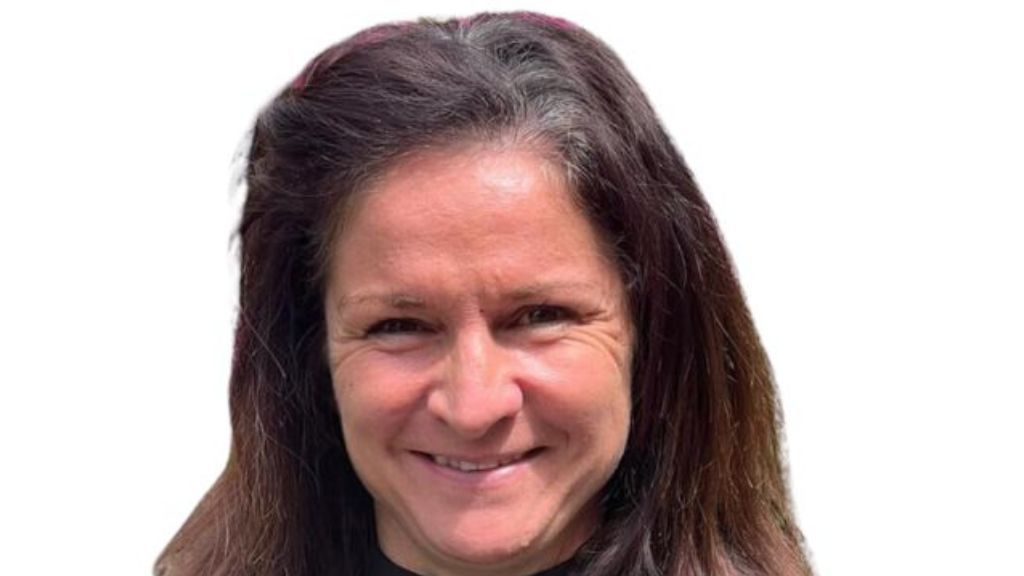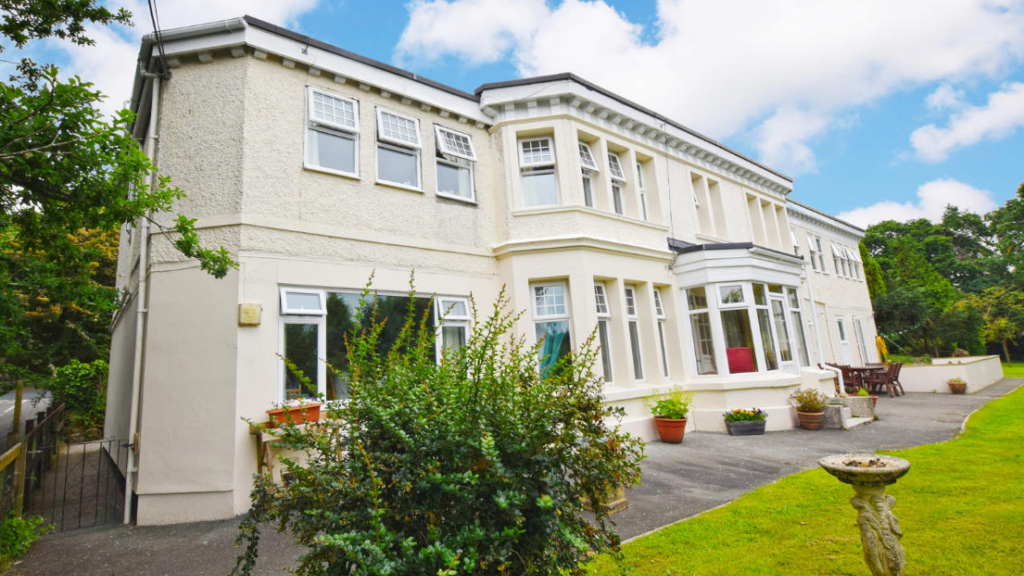Visits out of the Care Home– Inconsistencies in Self Isolation Rules
[vc_row][vc_column][vc_column_text]Caring Times May 2021
In this article, Laura Paton, Senior Associate at specialist social care law firm Ridouts, looks at the updated Government guidance on visits out of care homes published earlier this month. She considers the changes to self- isolation rules for specific types of visits and the inconsistencies this presents with the earlier guidance which is still in place in other circumstances. The article also looks at how the new supplementary guidance fits with the recommendations in the report of the Joint Committee on Human Rights on Care Homes: Visiting Restrictions during the Covid-19 Pandemic published on 5 May 2021.

Visits out of the Care Home– Inconsistencies in Self Isolation Rules
Earlier this month, the Government announced the publication of new supplementary guidance on visits out of care homes. This supplement to earlier guidance on this topic relaxes rules on self-isolation to enable care home residents in England to have more out-of-home visits.
From Tuesday 4 May 2021, all care home residents in England will be able to leave care homes for what the Government consider to be “low-risk out-of-home visits” without having to isolate on their return.
This new supplementary guidance provides that:
From 4 May 2021, residents should be enabled to leave their care home to spend time outdoors, without subsequent isolation for 14 days, in the following circumstances:
- residents may be accompanied by:
- a member of care home staff
- one or both of their nominated visitors
- their essential care provider (where applicable)
- care homes should discuss arrangements with residents’ nominated visitors, or essential care provider, in advance
- visits should take place solely outdoors, except for the use of toilet facilities
- there should be no visits to indoor spaces (public or private)
- the exception to this is that residents will be able to access polling stations
- visits should not involve the use of public transport
This update has been welcomed by relatives, residents and providers alike and adds to the opening up of visits to care homes in recent months.
However, this supplementary guidance on the relaxation of self-isolation on return from visits out of the home applies only to those specific circumstances set out above (i.e. outdoor visits subject to those specified conditions). For all other visits by residents out of a care home, the supplementary guidance is clear that the earlier guidance on visits out of care homes originally published on 7 April 2021 must be followed. The most significant part of that earlier version of the guidance is the requirement that a resident making a visit out of the care home should isolate for 14 days on their return.
So whilst the new supplementary guidance facilitates more outdoor visits without the need for self- isolation any other visit at all remains subject to the requirement that the resident self-isolate on their return.
The rationale for this is to ensure that in the event the resident has unknowingly become infected while out of the home – self isolation minimises the chances of passing that infection on to other residents and staff. However many in the sector consider the requirement on care home residents to self isolate for 14 days after any other visit out of the home is totally disproportionate bearing in mind the levels of vaccinations that have now been successfully administered to care home residents and the widespread availability of covid-19 testing for care home residents.
The new supplementary guidance on visits out of care homes came into force on the same week that the Joint Committee on Human Rights (JCHR) published its report on Care Homes: Visiting Restrictions during the Covid-19 Pandemic. That report calls for Care Home residents’ rights to visitors to be enshrined in law, rather than guidance, in order to ensure protection of their Human Rights.
Whilst the JCHR report was prepared before the new supplementary guidance was issued, it does consider the 14 day isolation rule. On this the JCHR report states:
“It is difficult to understand how this 14-day self-isolation rule can be a proportionate interference with the rights of residents and their families to respect for private and family life under Article 8 ECHR. In many cases, it is likely to give rise to difficult questions of deprivation of liberty under Article 5 ECHR. It is not obvious how the resulting deprivation of liberty can be said, at present, to be necessary and proportionate for purposes of Article 5 ECHR.”
and goes onto state that:
“It is right that the Government has committed to reviewing this guidance in May 2021. As the rest of us benefit from reduced lockdown restrictions, residents of care homes—the vast majority of whom have already been fully vaccinated against this virus—must not be left behind.”
That review has resulted in the publication of the new supplementary guidance. However, questions remain as to whether this supplement goes far enough to address the concerns around 14 day isolation. In practice, it has led to situations where residents leaving a home for an outdoor visit with their nominated visitors to relatively uncontrolled situations such as to visit a friend or family member’s garden, or go on walks in places including public parks, gardens and beaches can do so without having to self-isolate on their return. However, residents making any other visits out of a care home which could include to a GP appointment or to a hospital outpatient appointment will need for residents to isolate for 14 days on return to the care home. It does not appear that the latter visits would prevent any higher risk than the former and it appears like an inconsistent approach.
This apparent inconsistency is compounded by the fact that care home workers who like the rest of us are enjoying the beginnings of the relaxation of lockdown restrictions, are, quite sensibly, not required to isolate after periods of social contact outside of the care home before returning to work. This is presumably because they have been vaccinated and have access to regular testing but so too have the over-whelming majority of care home residents. It is understood following the latest government Covid-19 press release that the issue of self-isolating following appointments is under review but no updated guidance confirming the position has yet been issued.
The inconsistencies presented by the new guidance are difficult for residents and their families to understand and they are tricky for Providers to manage. However, Providers have to bear in mind the regulatory framework within which they operate and the requirements on them to ensure that they comply with government guidance. Whilst there are calls for the requirement for care home residents to isolate for 14 days after visits out to be removed altogether, and certain further areas of this are under review, in the meantime, Providers require to work with the current guidance in line with their regulatory obligations. CQC will be scrutinise the application of government guidance when it comes to inspection and Providers will need to evidence compliance. Failure to do is more than likely to attract criticism from CQC at inspection and may result in regulatory breaches and/or downgraded ratings appearing in draft inspection reports.
Providers seeking advice on the terms and application of the government guidance on visits out of care homes, or advice on how to challenge unfair criticisms or ratings in a draft inspection report can contact Ridouts on 0207 317 0340.
Laura Paton
Senior Associate Solicitor
Ridouts Professional Services Ltd
DDI: +44 (0) 20 7317 0354
[/vc_column_text][/vc_column][/vc_row]



